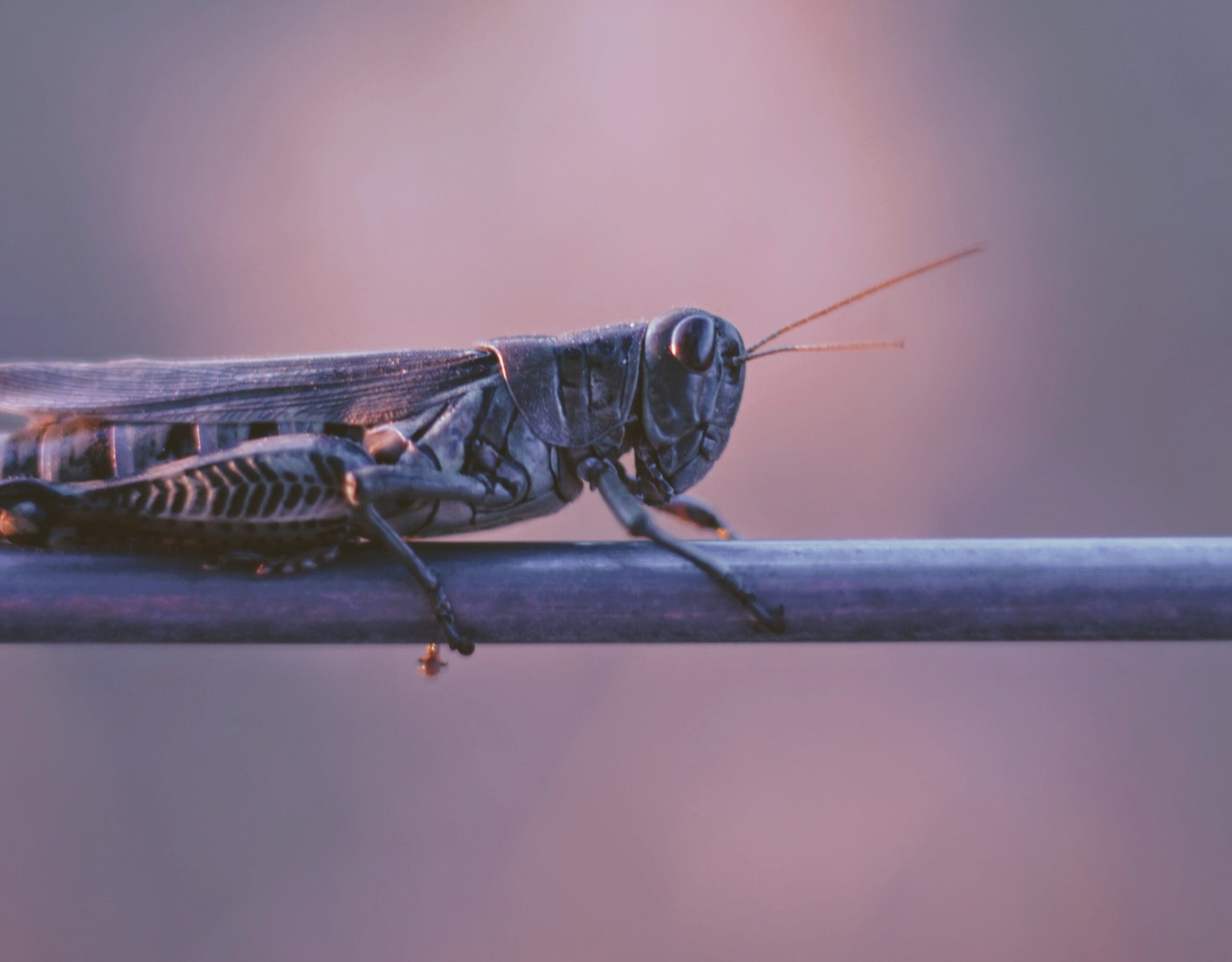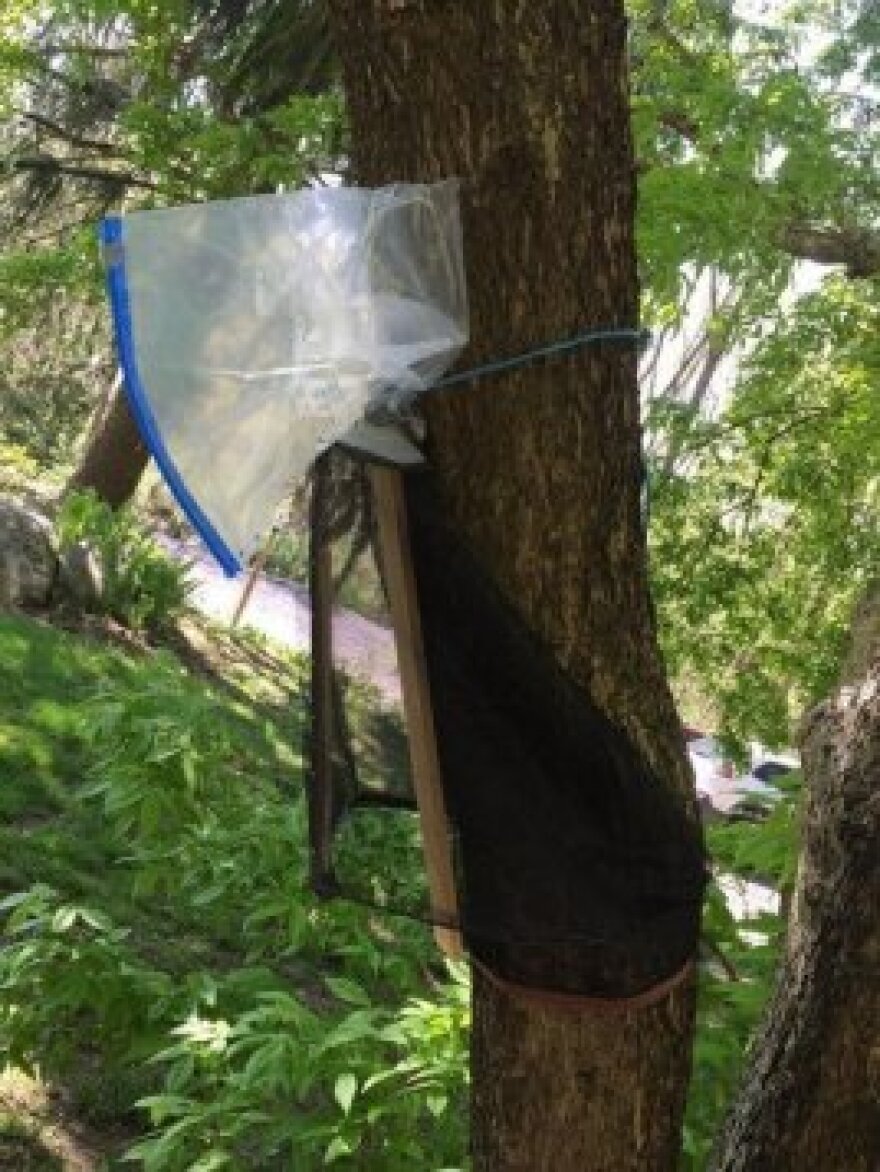Ah, the majestic dung beetle. The pinnacle of evolution. Seriously, these little critters are incredibly nifty navigators who have used the night sky to guide them in their business for millennia.
But light pollution makes their lives difficult by limiting their ability to navigate the stars. Other nocturnal creatures, including some birds and moths, may face similar challenges.
Dung beetles are known for their penchant for rolling dung into balls and then pushing their prize away from competing bugs as quickly as possible. To quickly escape the competition, they need to be able to walk in a straight line from a dung heap and create as much distance as possible between them and their rivals.
The stars offer these rustling beetles a compass, which serves as directional cues in the sky, which the beetles can use to orient themselves. When they reach a safe distance, the beetles bury the manure and consume it relatively safely.
Researchers from the University of Würzburg in Germany, the University of Lund in Sweden and the University of the Witwatersrand in South Africa studied how light pollution affects the beetles’ ability to travel in starlight.
Their results, published in the journal Current Biology, show that the beetles lose their orientation in different lighting conditions. In bright city lights, for example, the beetles tend to move directly towards the closest, brightest light source. Instead of scattering by a dung heap, the beetles are all pulled in one direction. This makes conflict and competition more likely as individuals meet more often.
Dung beetle on his dung ball to impress the ladies in Sabi Sands GR, part of the large Kruger region of South Africa Shutterstock
Even more surprising and perhaps even more worrying is that diffuse light pollution, such as that found on the outskirts of a city with no clear sources of light nearby, is even more damaging to the beetles’ senses. Here the researchers discovered that the scarabs were far less able to move in a straight line, lose their orientation, and get lost.
Lead author James Foster explains, “Beetles that saw direct light pollution behaved unnaturally but were still oriented. But those who saw a light-polluted sky but no brightly lit buildings were completely disoriented. ”
It follows that beetles that live on the outskirts are the ones most affected by light pollution. It also means for other species, like some birds, that light pollution can limit their natural navigation skills. Birds that would normally navigate by the stars instead fly straight towards bright artificial light sources.
We often view light pollution as a human problem – it hinders astronomy and creates distance between us and our environment – but the effects of light pollution extend to all kinds. Just like humans, animals and insects evolved to live with the night sky and use its starlight. Taking that away has ramifications, and it’s worth learning more about those effects – even if it means taking your time to study the lesser dung beetle.
This article was originally published on Universe Today by. released Scott Alan Johnston. Read the original article here.










